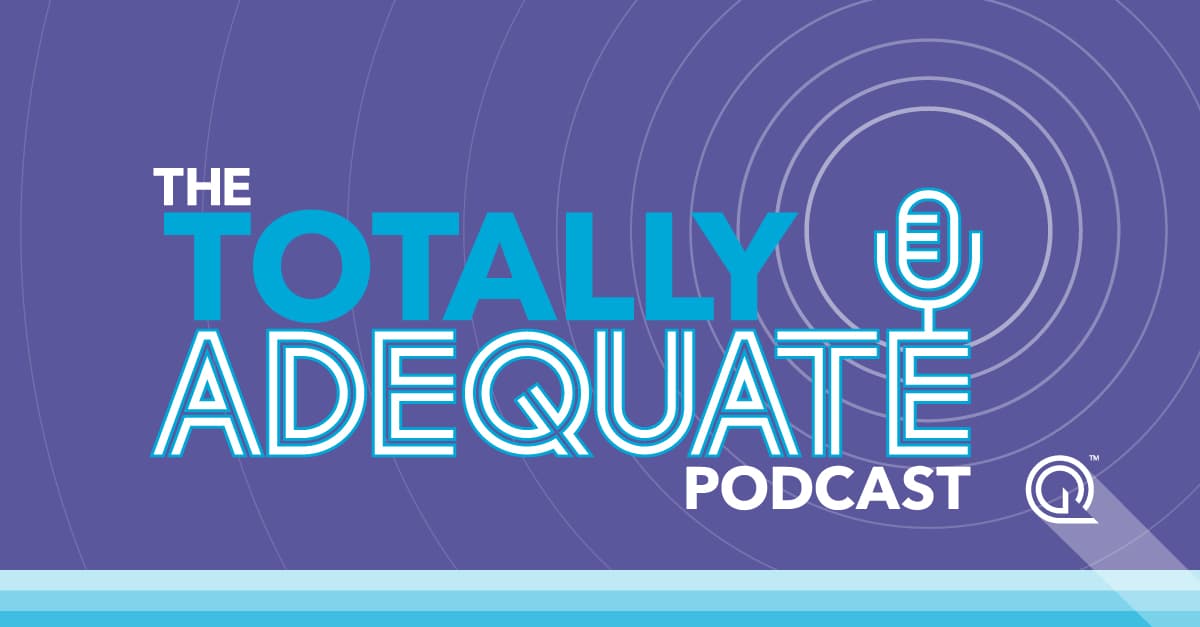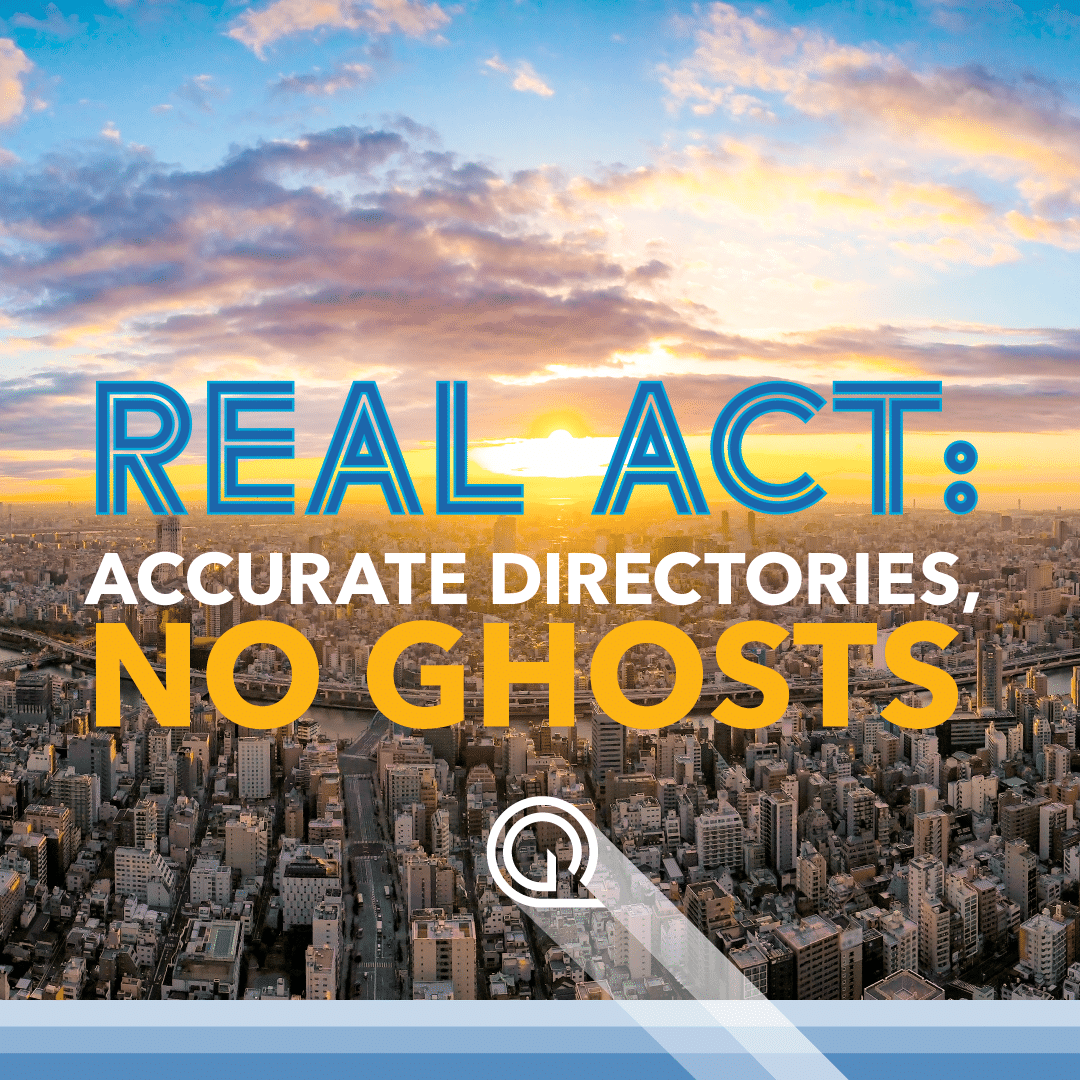Ghost networks—ever heard of them? Maybe you’ve come across the term or spotted it in a headline. As they gain more attention, we thought it would be appropriate to give you a refresher and an update on this topic that has the industry and legislative floor buzzing.
What is a Ghost Network?
A ghost network is a collection of healthcare providers listed in a health plan’s network, but are not actually available to provide care. These providers may no longer practice, or accept patients, or are not part of the plan’s network. When these providers are included in provider networks, it can lead to consequences for health plans, practitioners, and patients. Ghost networks can negatively affect the quality of service, and ultimately, your bottom line.
Ghost networks occur when health plan directories contain inaccurate or outdated provider listings.
- Inaccurate provider specialty type, practice location, or contact details
- Providers who are not accepting new patients
- Providers who are not part of the plan’s network
What Causes a Ghost Network?
Several factors contribute to creating ghost networks. Here are the most common reasons.
- Provider Data Accuracy: Ensuring the accuracy of provider data is a complex challenge. Providers frequently change their practice status, retire, or lose their license to practice. Keeping track of these changes in real time becomes difficult, leading to inaccuracies in provider directories and the inclusion of ghost providers.
- Diverse Compliance Requirements: Healthcare markets have diverse compliance requirements, necessitating compliance with various regulations and reporting standards. Navigating through these multiple sets of rules can result in discrepancies and the inclusion of ghost providers when updating provider directories.
- Reliance on Multiple Data Systems: Healthcare organizations often rely on multiple data systems, each serving different purposes and used by different teams. Synching provider data across these systems can be a challenge, and if updates or changes are not integrated effectively, ghost providers may be accidentally included in networks.
- Employee Turnover and Shifting Dynamics: High employee turnover rates and shifting team dynamics within healthcare organizations contribute to ghost networks. Gaps in knowledge or understanding during transitions can lead to outdated or incorrect information being included in provider directories.
- Difficulty Integrating Data Updates: Integrating data updates across multiple systems can be time-consuming and burdensome. If not managed effectively, delays and inaccuracies can occur, resulting in the inclusion of ghost providers in networks.
What are the Implications of Ghost Networks?
Ghost networks have several implications for the healthcare ecosystem.
- Quality of Care: Ghost networks compromise the quality of care provided to patients. When patients unknowingly seek care from providers who are no longer practicing or are not part of the network, it can lead to delays, inappropriate treatment, or the need to find alternative providers.
- Costly Problems: From a financial standpoint, ghost networks can have significant implications for health plans. Financial losses can occur when claims are made for services provided by ghost providers, resulting in unnecessary costs and potential legal issues.
- Credibility and Trust: Ghost networks can damage the credibility and trust of both health plans and providers. Patients may lose confidence in the accuracy of provider directories, leading to dissatisfaction and potential shifts to other healthcare options.
Senate Attention on Ghost Networks
Requiring Enhanced & Accurate Lists of Health Providers Act
Recognizing the potential harm caused by misleading information in provider directories, lawmakers have turned their attention to reducing ghost networks. In response to these concerns, the Requiring Enhanced & Accurate Lists of Health Providers Act, or the “REAL Health Providers Act” has been introduced. The bill aims to prevent ghost networks by mandating more stringent provider director accuracy requirements for Medicare Advantage plans.
Shedding Light on Ghost Networks: The Secret Shopper Report
The United States Senate Committee on Finance released its Secret Shopper Study on provider directories in May 2023. This study assessed the accuracy of provider directories from 12 health plans across six states.
During the study, staffers attempted to make mental health appointments by calling 10 providers from each plan, using the listed provider information.
The results?
- Out of the 120 provider listings contacted by phone, 33% were inaccurate, non-working numbers, or unreturned calls.
- Staff could only make appointments 18% of the time.
- More than 80% of the listed, in-network, mental health providers staff attempted to contact were considered “ghosts,” as they were either unreachable, not accepting new patients, or not in-network.
Three Strategies to Minimize Ghost Networks in Healthcare Organizations
Given the far-reaching impact of ghost networks within healthcare organizations, it is crucial to have effective strategies in place to minimize their occurrence. Here are three key strategies to consider.
Choose an Effective Enterprise Provider Network Management Solution
Choosing a comprehensive enterprise provider network management solution that offers continuous analysis and valuable insights is essential to minimizing ghost providers. Look for a solution that identifies data discrepancies and provides actionable insights. By promptly identifying and correcting inaccuracies, you can maintain a strong and reliable provider network.
Enhance Provider Verification to Improve Provider Data Accuracy
Partnering with a trusted organization, such as Quest Analytics, can significantly improve provider data accuracy. Quest Analytics provides support for provider verification through outreach assistance and recurring data updates. Our rolling 90-day outreach process delivers consistent attestations, giving you the information you need to ensure your directory only includes providers who are actively participating in the network.
Prioritize Solutions that Promote Seamless Cooperation between Teams
Effectively addressing ghost networks involves collaboration and participation from multiple teams within a healthcare organization. Prioritizing provider network management solutions that facilitate seamless cooperation between teams is essential. The optimal solution should integrate network adequacy standards, provide data checks, offer supplementary data insights, and allow flexibility in viewing the data and network.
By implementing these three strategies, healthcare organizations can strengthen their provider networks, minimize the occurrence of ghost providers, and improve overall directory accuracy
Ghost networks and providers are a significant problem in the healthcare industry. Fortunately, health plans and providers can take steps to identify and eliminate these “ghosts” through the use of advanced analytics solutions. By ensuring the accuracy and completeness of healthcare provider data, we can eliminate ghost networks, resulting in higher quality of care, more significant cost savings, and improved patient outcomes.

GHOST NETWORK PREVENTION
Identify ghost providers and optimize the value of your network, by ensuring it’s adequate, accurate, and active with Quest Analytics.
Related Articles on Ghost Networks and Health Policy News
Proven Solutions for Your Provider Network Management
Looking to simplify your workload? Let Quest Analytics take on the heavy lifting! Our solutions and dedicated team specialize in provider data accuracy and provider network adequacy for various lines of businesses, including Medicare Advantage, Medicaid and Commercial. Schedule a strategy session today and see how we can help you every step of the way.













